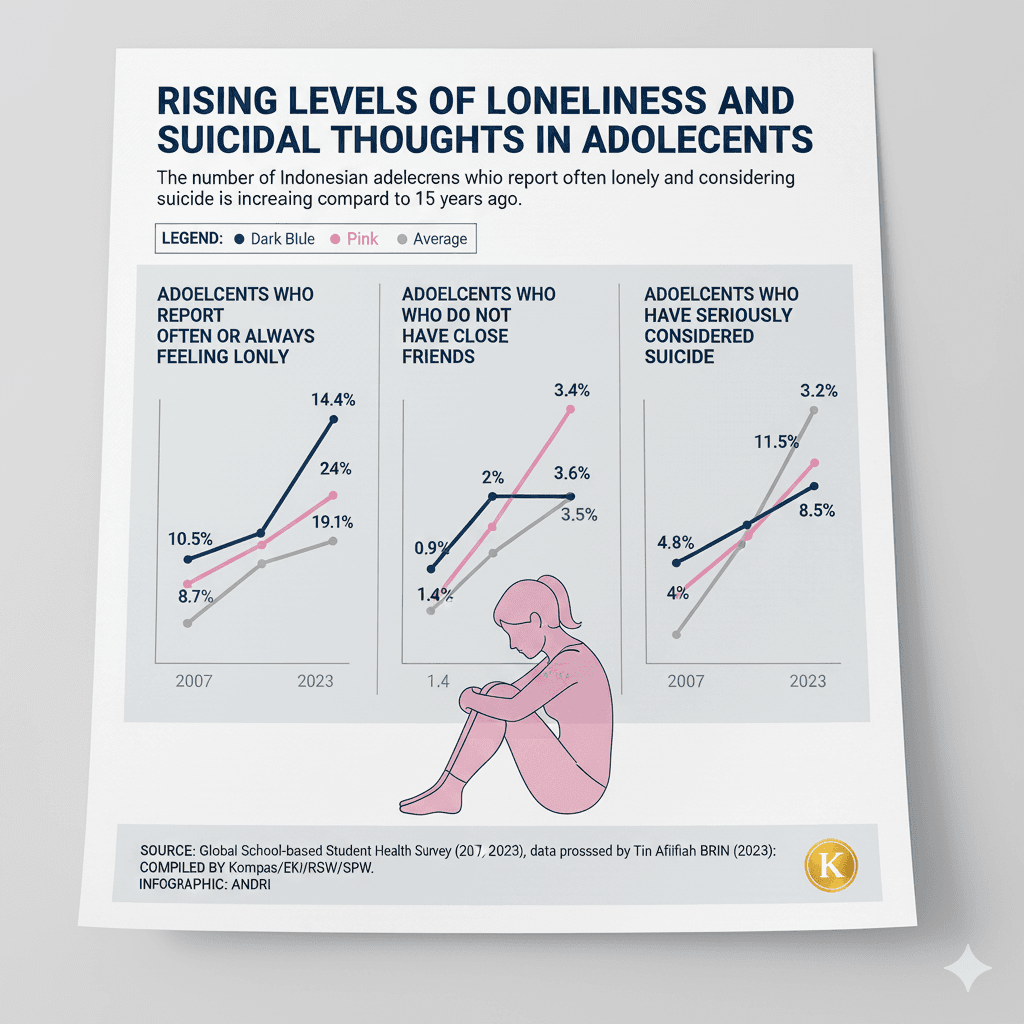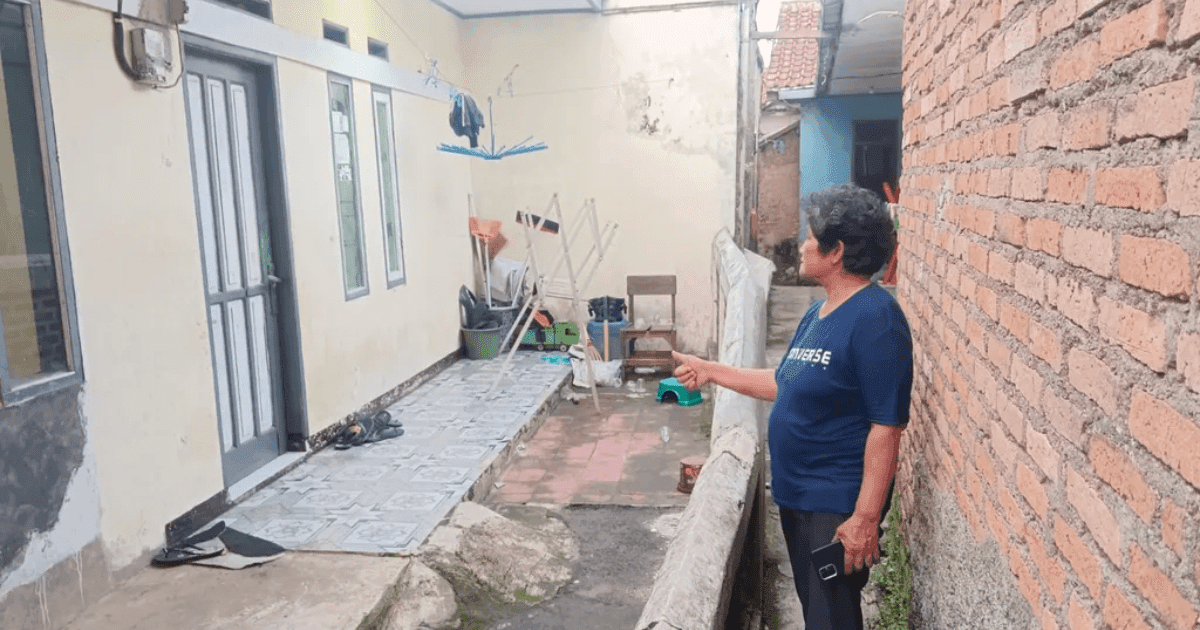In a modest home in Kiangroke Village, Bandung Regency, West Java, in early September 2025, a mother identified as EN decided to end her life along with her two children. She left a note explaining that the heavy burdens of her life had made suicide her final option.
According to a Kompas report , EN left a letter detailing her difficulties in supporting her household’s financial burden. Already devastated, she refused to reveal her condition to those closest to her for fear of becoming an even bigger burden.
Responding to the incident, Pratikno, the Coordinating Minister for Human Development and Culture (PMK), stated that the government’s role in detecting mental disorders and providing counseling services must be strengthened. However, due to a lack of information and limited access, the government’s mental health screening and service programs remain largely unknown to the public.
So, what is the main cause of such tragedies continuing to occur in Indonesia?
Lack of mental health facilities in villages
EN’s experience serves as a wake-up call that mental health needs increased attention. This is a relatively difficult phenomenon to detect without a complaint from the affected party. Furthermore, not all Indonesians are familiar with mental health treatment options.
Not only people in rural areas, but even those living in urban areas rarely access these health services. Yet, such health facilities are crucial for addressing mental health issues caused by various issues.
Indeed, in terms of numbers, the provision of mental health services in Indonesia still faces several challenges, particularly in the equitable distribution of facilities. Statistics Indonesia (BPS) data shows that 93.22 percent of mental health facilities are located in urban areas, while only 6.78 percent are in rural areas.
The data shows a disparity between urban and rural areas. However, mental disorders are not inherently affected by residential location. Both urban and rural communities are at risk of mental health disorders. This is evident in the relatively equal number of deaths reported due to mental disorders between urban and rural areas. Rural deaths account for 52.91 percent of national cases, while urban residents account for the remaining 47.09 percent.
Data from the 2024 Village Survey from the Central Statistics Agency (BPS) recorded 3,548 suicides in villages. This data is not an insignificant number. It includes lives lost due to a lack of government intervention. The relatively high number of mental health cases in rural areas, often resulting in fatalities, poses a challenge for the government. This is because village facilities for mitigating these cases are very limited.

Globally, the condition of mental health facilities in Indonesia remains far below World Health Organization (WHO) standards. The global average indicates approximately 1.3 mental health facilities per 100 residents. Within Indonesia, the number of mental health facilities is still less than one per 100 residents.
One example of the disparity in facilities in Indonesia is the provinces of Central Java and West Java, which have the highest national suicide rates. According to Podes data, throughout 2024, there were 473 cases in Central Java and 304 in West Java. The ratio of mental health facilities in these provinces is extremely low, at 0.87 facilities per 100,000 residents.
This situation is further depressing when we consider the extremely low number of healthcare professionals specializing in mental health. As of September 2025, the Indonesian Association of Clinical Psychologists recorded 3,136 actively practicing psychologists. However, the Ministry of Health estimates the national need for clinical psychologists is 9,947. A similar situation applies to the number of psychiatrists. Indonesia’s ratio is only one psychiatrist per 200,000 people, far behind the WHO standard of one psychiatrist per 30,000.
Mental health disorder detection system in Indonesia
Providing mental health facilities cannot stand alone; it must be supported by adequate service and treatment programs. To address this need, the Ministry of Health has launched the Mental Health Screening (Keswa) program.
Keswa is a series of screening activities to identify symptoms of mental disorders, such as anxiety, depression, and schizophrenia. Keswa has several derivative programs, such as the Free Mental Health Screening (Simkeswa), the Mental Health Post (Posyandu), and the School Children’s Mental Health Screening (Sejiwa).
According to the 2023 Indonesian Health Profile, 94.4 percent of regions have implemented early mental health screening. Twenty-eight provinces have implemented 100 percent of the screening program at the second-level (district/city) level. The remaining eight provinces have only achieved 90 percent, with some achieving less than 25 percent.


Comments